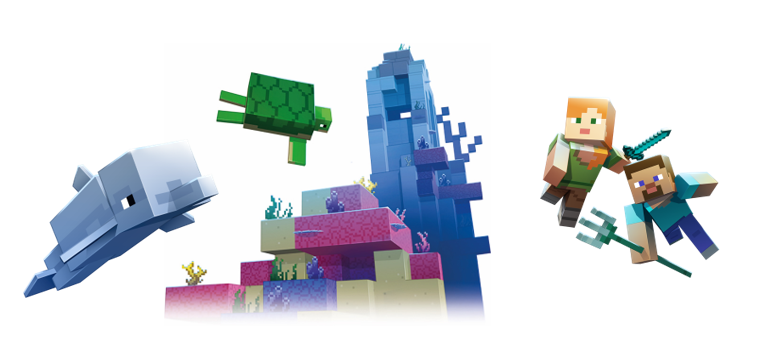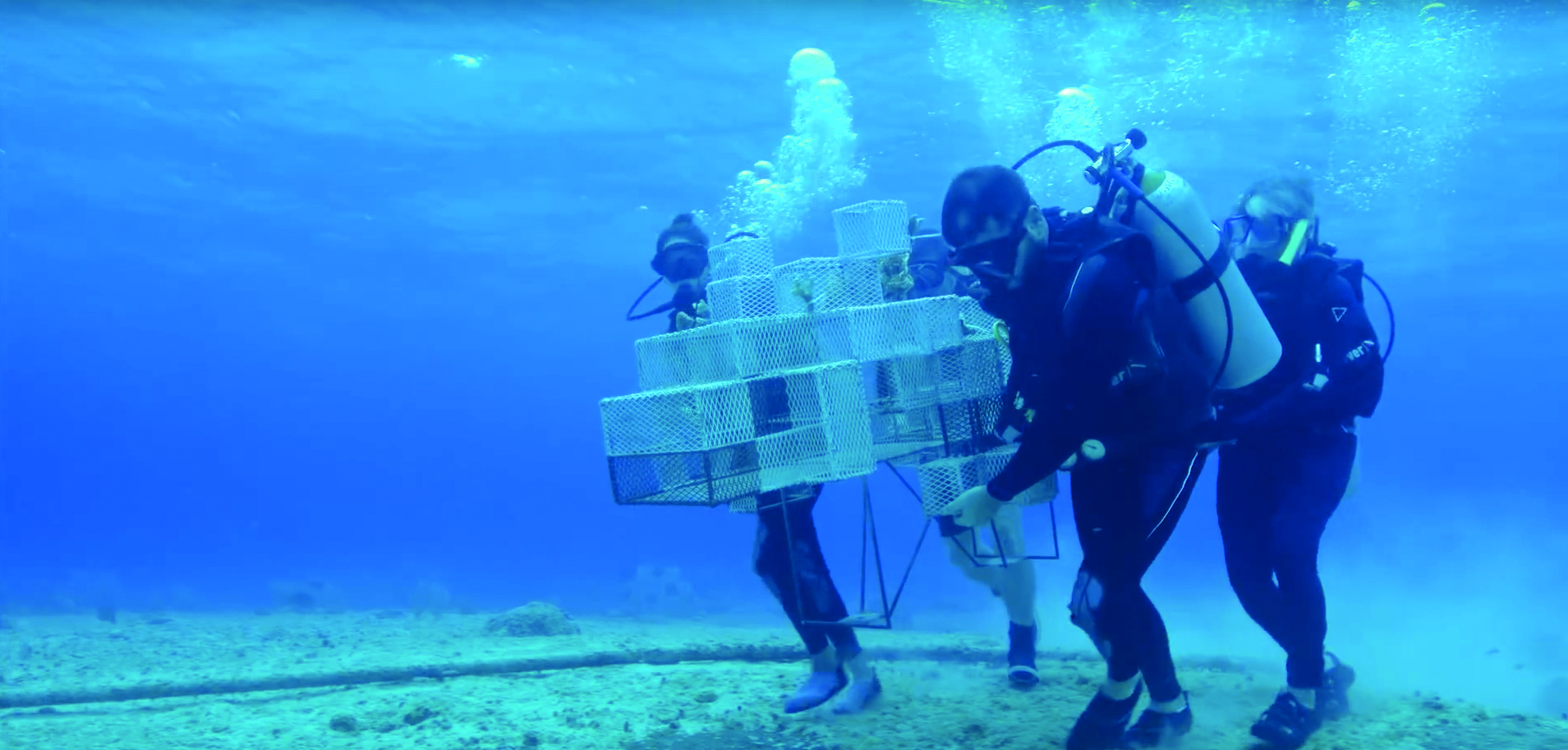Coral Crafters

For the launch of its new “Aquatics” add-on, the video game Minecraft is offering its community the opportunity to help restore coral reefs off the coast of Mexico.
For the least geek among us, Minecraft is a building game where the player is immersed in a random universe, a universe composed of a multitude of cubes which represent the landscapes which surround us, the sea, the mountain, the plains... To survive, he must mine (recover materials) and craft (create materials). You will understand why this new campaign is called "Coral Crafters".

It is a sadly known phenomenon, when climate change, pollution or overfishing strike, coral reefs are the first affected, disappearing, sending distress signals in the name of the planet. For example, if you go to Cozumel off the coast of Mexico, you will only be able to admire a tiny fraction of the corals which existed before, 1 % to be exact.
What if there was a way to combine the game and the restoration of the reefs? That is the question Minecraft has asked itself. The video game has benefitted from the support of an environmental protection organisation, The Nature Conservancy, which works in more than thirty countries to preserve biodiversity to develop this large-scale campaign. The technical solution selected? The Biorock technology, a steel structure in which an electric charge causes limestone to appear: corals can be grown and grow at a record pace.
At this moment, StacyPlays, LogDitZip and Rabarhex, three passionate video game Youtubers come in. Minecraft asked them to solicit their respective communities to imagine a cubic structure which will be built in real size to make a Biorock installation... StacyPlays and its followers have imagined a siren, LogDotZip and its international community have chosen a structure in the form of eggs. As for Rabarhex, he worked with students from Monterrey to build a structure that would take the form of an Axolotl, an animal that can be found in Mexico. Quickly, these three enormous installations were realised. They are actually dipped in Cozumel and The Nature Conservancy as well as the creators of the Biorock technology watch them with attention. A great way to use gamification in the service of the environment!
But Minecraft did not stop there and promised to pay $ 100,000 to The Nature Conservancy as soon as players had placed 10 million coral cubes in their virtual worlds ... As a result, the meter exploded in just a few days!
